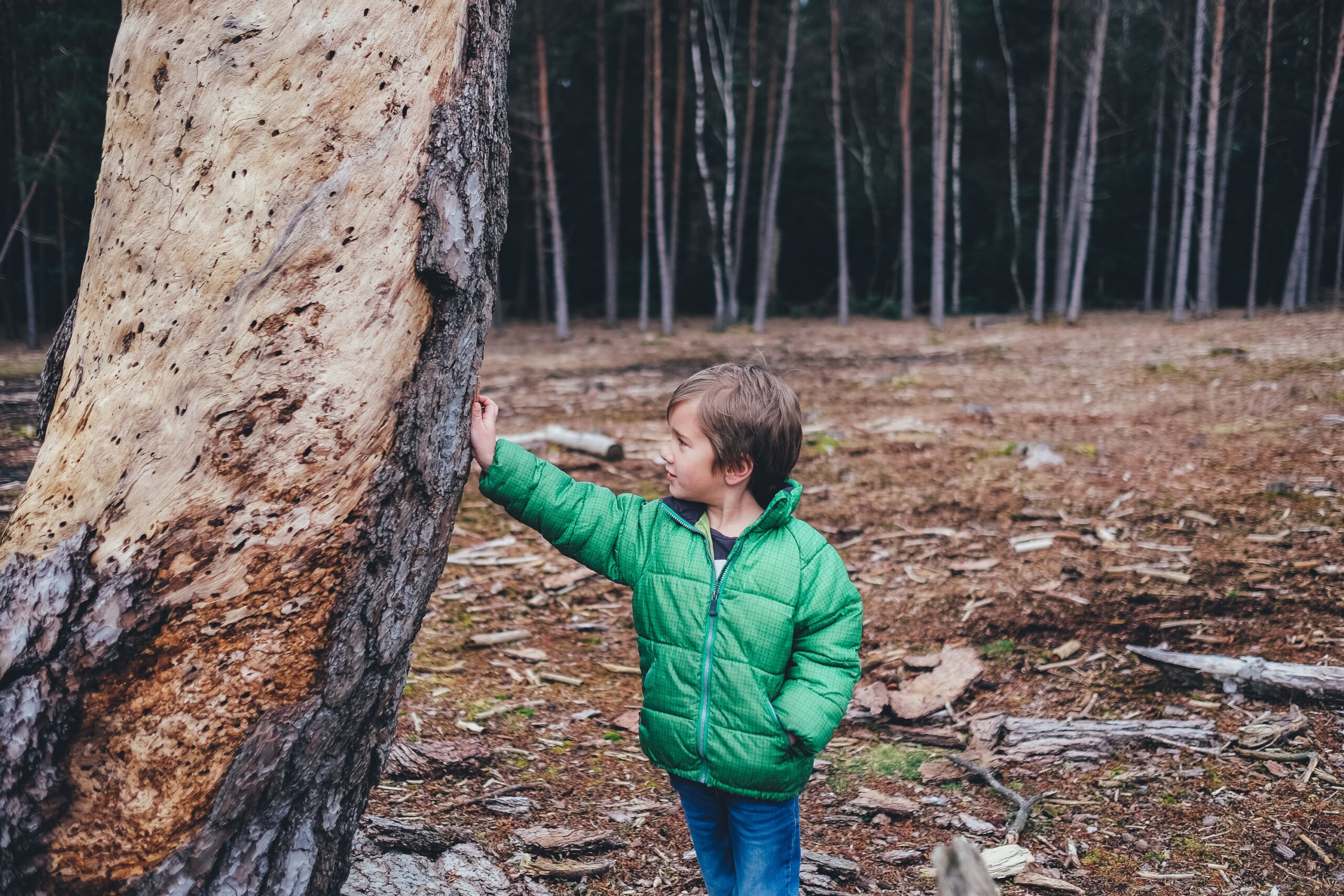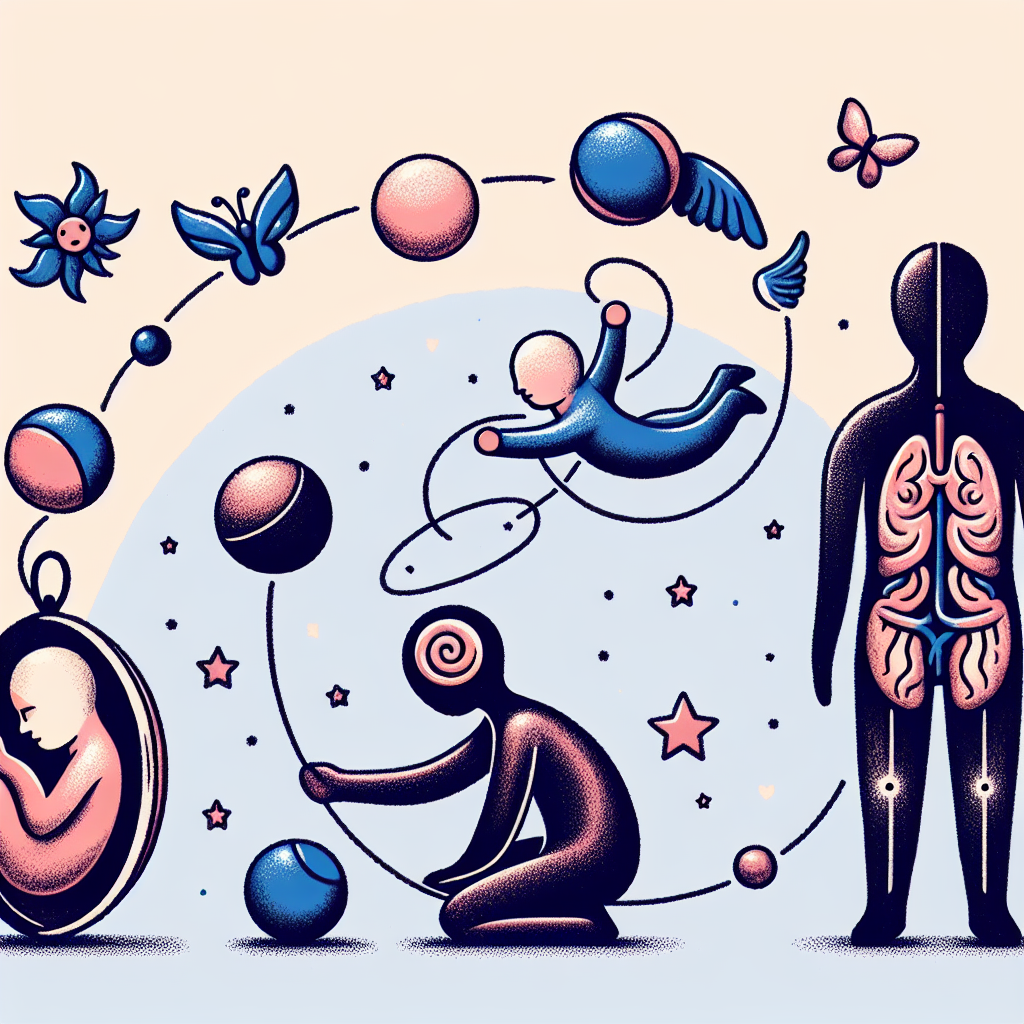Imagine embarking on a journey of self-discovery, where you have the opportunity to delve into the depths of your spiritual well-being and reconnect with your long-lost playful side. The Lost Inner Child Test invites you to step into a world of wonder and reflection, as you embark on a captivating exploration to rediscover the essence of your inner child. This extraordinary test offers a unique opportunity to tap into forgotten memories, uncover hidden passions, and reignite the spark of joy within. Embrace this adventure as you set forth on a path of self-exploration like no other, as you uncover the treasures that lie within your own inner child.
Section 1: Understanding the Inner Child
What is the Inner Child?
The Inner Child refers to the emotional and creative aspects of our being that were developed during childhood. It encompasses our feelings, imagination, and natural curiosity. This part of us is unguarded and vulnerable, embodying innocence, joy, and playfulness. The Inner Child often retains memories and experiences from our early years, shaping our beliefs, emotions, and behavior patterns throughout our lives.
Importance of the Inner Child
Recognizing and honoring our Inner Child is essential for our emotional well-being. It holds the key to our authentic self-expression, creativity, and inner joy. Nurturing our Inner Child allows us to heal emotional wounds and cultivate a deeper sense of self-compassion, leading to personal growth and resilience. Embracing the Inner Child helps us reconnect with our innate sense of wonder, unlock our creativity, and live a more fulfilling and vibrant life.
Signs of a Lost Inner Child
When our Inner Child remains unacknowledged or neglected, it can become lost or wounded. Signs of a lost Inner Child may include feelings of emptiness, lack of spontaneity or playfulness, difficulty forming healthy relationships, and a tendency to be overly critical or judgmental. Other indicators may be struggling with self-expression, feeling disconnected from creativity, or experiencing recurring patterns of self-sabotage or self-doubt. Recognizing these signs can help us embark on a journey of healing and reclaiming our Inner Child.
Section 2: The Lost Inner Child Test
Overview of the Test
The Lost Inner Child Test is designed to help you gauge the connection with your Inner Child. Through a series of questions, this test aims to shed light on any areas where your Inner Child may be lost or wounded. It provides insights into the state of your emotional well-being, relationships, and self-expression.
Instructions for Taking the Test
To take the Lost Inner Child Test, find a quiet and comfortable space where you can focus and reflect. Answer each question honestly, choosing the response that resonates with you the most. Avoid over-analyzing or second-guessing your answers. Remember, there are no right or wrong answers. The purpose of this test is simply to bring awareness to your relationship with your Inner Child.
Test Questions and Analysis
The test questions cover various aspects of your life, including childhood experiences, emotional well-being, relationships, and self-expression. By analyzing your responses, the test aims to reveal any patterns or themes that may indicate a lost or wounded Inner Child. This analysis can serve as a starting point for your healing and reconnection journey.

Section 3: Interpreting the Results
Understanding the Test Scores
After completing the Lost Inner Child Test, you will be presented with a score or assessment based on your responses. The score provides a general indication of the strength of your connection with your Inner Child. A higher score suggests a more vibrant and intact Inner Child, while a lower score may signify a greater need for healing and reconnection.
Identifying Patterns and Themes
To gain deeper insights into your Inner Child, it is crucial to examine the patterns and themes that emerge from your test results. Look for recurring emotions, experiences, or belief patterns that may indicate areas where your Inner Child needs attention. Identifying these themes can guide you in developing healing strategies that are specifically tailored to your needs.
Healing and Reconnecting Strategies
Once you have identified the areas where your Inner Child may be lost or wounded, it is time to embark on the healing and reconnection journey. This process involves self-reflection, inner work, and implementing various strategies to nurture and heal your Inner Child. From therapeutic approaches to reconnecting with hobbies and playfulness, there are numerous strategies available to help you heal and restore your Inner Child.
Section 4: Impact of a Lost Inner Child
Effects on Emotional Well-being
When our Inner Child is lost or wounded, it can have a significant impact on our emotional well-being. We may experience feelings of emptiness, loneliness, or a deep longing for something we can’t quite identify. We may struggle to express our emotions authentically, stifling our true selves. Healing and reconnecting with our Inner Child can bring about emotional healing, allowing us to experience greater self-acceptance, joy, and emotional resilience.
Impact on Relationships
A lost Inner Child can also impact our relationships. We may struggle to form deep and meaningful connections, fearing vulnerability or abandonment. Patterns of codependency, fear of intimacy, or difficulty in trusting others may emerge. By healing and reconnecting with our Inner Child, we can cultivate healthier relationship patterns and develop the ability to establish authentic and fulfilling connections with others.
Influence on Self-Expression and Creativity
The Inner Child holds the key to our self-expression and creativity. When our Inner Child is lost, we may feel stifled, unable to tap into our innate creativity or express ourselves authentically. Rediscovering our Inner Child allows us to reconnect with our imagination, curiosity, and playfulness, unlocking our creative potential and supporting our personal growth. Nurturing our Inner Child can enhance our ability to communicate and express ourselves creatively in various aspects of our lives.

Section 5: Healing Strategies
Self-Reflection and Inner Work
Embarking on a healing journey with your Inner Child begins with self-reflection and inner work. Take the time to explore your childhood experiences, emotions, and belief systems. Engage in practices such as journaling, meditation, or mindfulness to deepen your self-awareness and gain insight into your Inner Child’s needs. Being open and compassionate with yourself throughout this process is essential for healing.
Therapeutic Approaches
Seeking professional help from therapists or counselors who specialize in Inner Child healing can provide valuable guidance and support. Therapeutic approaches such as Inner Child therapy, psychodynamic therapy, or expressive arts therapy can facilitate healing on a deeper level. These modalities offer a safe space for exploring and resolving unresolved childhood traumas and fostering the reconnection with your Inner Child.
Reconnecting with Hobbies and Playfulness
Engaging in activities that bring joy and playfulness back into your life is another powerful strategy for reconnecting with your Inner Child. Explore hobbies or creative outlets that you enjoyed as a child or discover new ones that resonate with your current interests. Engaging in playful activities can help you reawaken your sense of wonder, curiosity, and spontaneity, allowing your Inner Child to flourish.
Section 6: Inner Child Exercises
Journaling and Writing Prompts
Journaling is a powerful tool for connecting with and healing your Inner Child. Set aside dedicated time each day to write freely about your thoughts, feelings, and memories. Use writing prompts specifically designed to tap into your Inner Child, such as “What was your favorite game as a child?” or “What did you dream of becoming when you grew up?” Allow your Inner Child’s voice to flow freely onto the pages.
Visualization and Guided Meditation
Visualization and guided meditation can help you establish a deeper connection with your Inner Child. Find a quiet and comfortable space, close your eyes, and imagine yourself in a safe and nurturing environment from your childhood. Visualize your younger self and interact with them with love and compassion. Guided meditations specifically focused on Inner Child healing can be found online or in books dedicated to this topic.
Artistic Expression and Creative Activities
Artistic expression and creative activities provide a powerful avenue for reconnecting with your Inner Child. Engage in activities such as painting, drawing, dancing, or playing a musical instrument. Allow yourself to embrace the process rather than focusing on the outcome. Remember, it’s not about perfection but about tapping into your innate creativity and rediscovering the joy of expressing yourself freely.

Section 7: Seeking Professional Help
Role of Therapists or Counselors
Therapists or counselors who specialize in Inner Child healing play a vital role in supporting individuals on their journey of healing and reconnection. They provide a safe and non-judgmental space for exploring unresolved childhood traumas, facilitating healing, and helping clients develop coping strategies for dealing with any challenges that arise during the process.
Choosing the Right Professional
When seeking professional help for Inner Child healing, it is important to choose a therapist or counselor who resonates with you and has experience in this area. Research different professionals, read reviews or testimonials, and consider scheduling an initial consultation to assess if they are the right fit for your needs. Trust and a strong therapeutic relationship are crucial for effective Inner Child healing.
Types of Therapies for Inner Child Healing
Several therapeutic approaches are commonly used for Inner Child healing. Inner Child therapy, which directly focuses on addressing unresolved childhood traumas, is a popular approach. Psychodynamic therapy explores how past experiences impact present emotions and behaviors, shedding light on the Inner Child’s influence. Expressive arts therapy uses creative modalities such as art, music, or drama to access and heal the Inner Child.
Section 8: Nurturing the Inner Child
Creating a Safe and Supportive Environment
Creating a safe and supportive environment is essential for nurturing your Inner Child. Cultivate a space where you feel comfortable expressing your emotions, thoughts, and creativity freely. Surround yourself with supportive and understanding individuals who encourage and uplift you. Practice self-care and self-compassion, treating yourself with the same kindness and care you would extend to a beloved child.
Practicing Self-Care and Self-Compassion
Self-care and self-compassion are fundamental to nurturing your Inner Child. Engage in activities that bring you joy and provide relaxation, such as taking baths, going for walks in nature, or practicing mindfulness. Treat yourself with love, kindness, and patience, acknowledging that you are deserving of care and compassion. Practice positive self-talk and affirmations to reinforce your worth and nurture your Inner Child’s self-esteem.
Seeking Joy and Playfulness in Everyday Life
Infusing your everyday life with joy and playfulness is a powerful way to nurture your Inner Child. Look for opportunities to engage in activities that bring you joy, whether it’s dancing, singing, or playing with pets. Embrace the simple pleasures of life, such as observing nature or indulging in a favorite childhood treat. By prioritizing joy and playfulness, you create space for your Inner Child to thrive and experience the magic of life.

Section 9: Testimonials and Success Stories
Personal Experiences of Healing
Countless individuals have embarked on a journey of healing and reconnection with their Inner Child, resulting in transformative experiences. Testimonials and personal stories of healing can provide inspiration and affirmation for those on the same path. These narratives often highlight the profound impact of Inner Child healing, including increased self-acceptance, emotional resilience, and a renewed sense of joy and purpose.
Transformation and Growth
Healing the Inner Child has the potential to catalyze profound personal transformation and growth. Individuals who embrace their Inner Child often report improved emotional well-being, healthier relationships, and enhanced creative expression. The reintegration of the Inner Child can unlock hidden strengths and enable individuals to live more authentic and fulfilling lives.
Inspiration for Others
The stories of those who have successfully healed their Inner Child can serve as a beacon of hope and inspiration for others. They remind us that no matter the challenges we face, healing and reconnecting with our Inner Child is possible. These stories encourage individuals to embark on their journey of self-discovery, nurturing their Inner Child, and experiencing the transformative power of healing.
Section 10: Lifting the Inner Child’s Voice
The Power of Healing the Inner Child
Healing the Inner Child is not only a personal journey but also a profound act of self-love and empowerment. By honoring and healing our Inner Child, we break free from the chains of past traumas and reclaim our authenticity and joy. The power lies in the newfound ability to express ourselves authentically, tap into our creativity, and live a life aligned with our true essence.
Advocacy and Raising Awareness
Raising awareness about the importance of healing the Inner Child is crucial in promoting emotional well-being and personal growth. Advocacy efforts can include spreading information and resources through social media, organizing workshops or conferences, or partnering with mental health organizations. By amplifying the voice of the Inner Child, we can encourage others to embark on their healing journey and foster a more compassionate and supportive society.
Encouraging Self-Expression in Society
Healing the Inner Child extends beyond individual transformation—it has the potential to reshape society by encouraging self-expression and creativity. By nurturing the Inner Child within each individual, we create a culture that values authenticity, imagination, and emotional well-being. Encouraging self-expression in society allows us to celebrate diversity, foster creativity, and cultivate a world where everyone’s Inner Child is nurtured and free to shine.




